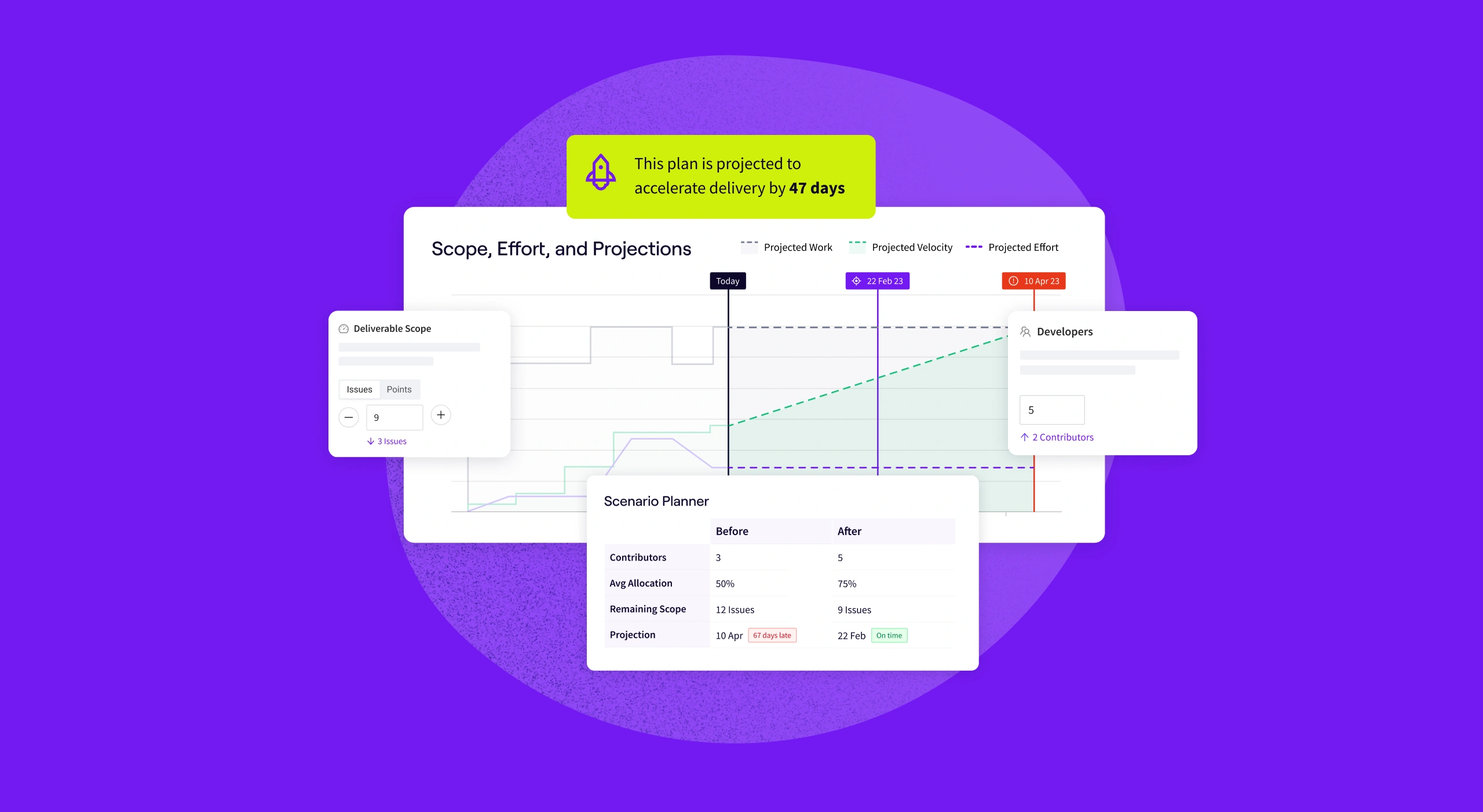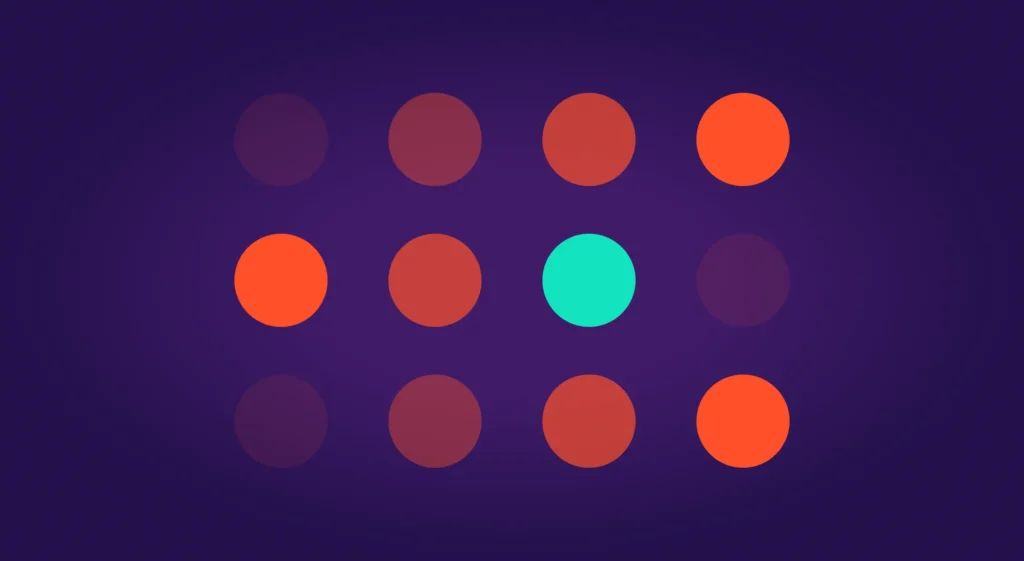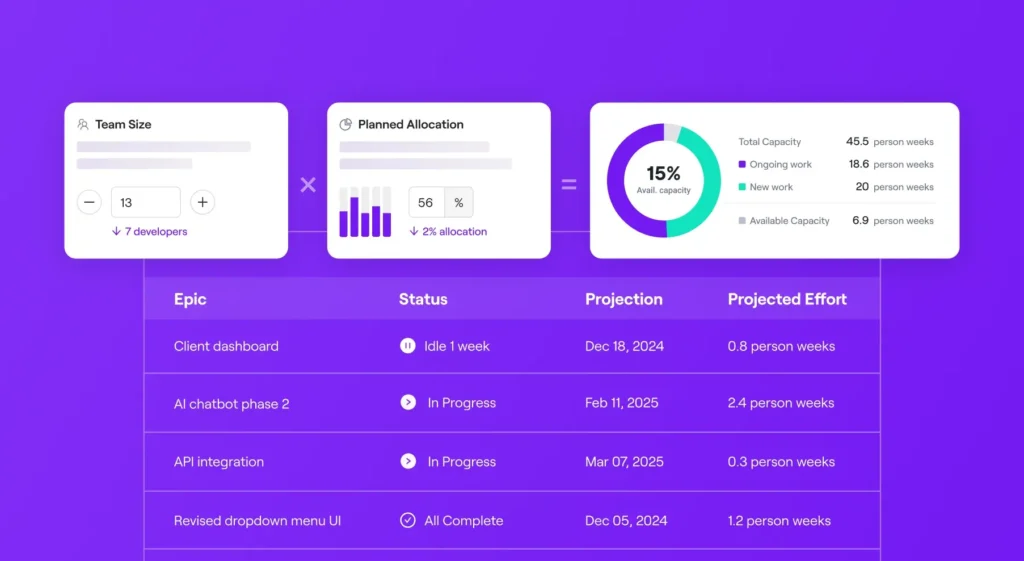During periods of economic uncertainty, engineering budgets get tight, and leaders are asked to do more with limited resources. This is when the art of sound decision-making regarding the allocation of engineers’ time becomes pivotal. The challenge lies in effectively conveying necessary trade-offs to business executives, who might lack the technical acumen required to fully comprehend why certain trade-offs are necessary to maintain certain target project delivery dates. Without proper attention, this disparity can pave the way for unrealistic expectations to take root.
Complicating matters further, technical leaders have conventionally relied on intuition-driven assessments when navigating these trade-offs. Leaders might understand the nature of software development introduces fluidity in delivery scopes and timelines, but the business often relies on anecdotal models and vague communication to steer decisions. This situation creates tension and usually leads to unnecessary friction.
There’s a pressing need for software development teams and leaders to adopt a more effective methodology for modeling, projecting, and transparently communicating the trade-offs that underpin strategic decisions.
That’s why Jellyfish is excited to announce the general availability of Scenario Planner, our latest Engineering Management Platform addition that communicates and projects different delivery scenarios via modeling developer resources, developer attention, and delivery scope.
Introducing Jellyfish Scenario Planning
With Jellyfish Scenario Planner, technical leaders have a dedicated resource allocation modeling tool for their organization which can accurately plan and predict the engineers required to deliver software consistently. It arms them in the language of business – hours and days – to effectively communicate the impact of making trade offs when prioritizing one deliverable over another. Scenario planning enables managers and teams to develop a business case for more engineers in order to help deliver when expectations are more intense in scope, and provides the ability to say “no” if there is a large risk profile involved when shifting engineers across deliverables.
With this understanding you’re better able to optimize your team’s resources across projects and deliverables to ensure highest priority initiatives meet delivery goals and deadlines.
Take our Scenario Planning product tour
Use Scenario Planning to:
- Mitigate Delivery Risk when Re-Prioritizing: save your project timeline by understanding the risk profile involved when juggling engineering resources across deliverables.
- Communicate Engineering Delivery Trade-Offs to the Business: Communicate resource trade-off decisions in language that senior leadership understands – hours and days, not story points and commits..
- Set Better Expectations when Planning Deliverables: Make your planning more consistent and set more realistic expectations with your stakeholders to build trust.
- Map your Engineering Resources and Model Potential Scenarios: Gain a better understanding of the delivery capabilities of your engineering team by modeling hypothetical delivery scenarios.
Defeat Scope Creep
The impact of a scope change decision, whether positive or negative, is hard to parse and communicate effectively; there simply hasn’t been a viable tool that understands engineering allocation data in a complex enough way to be able to accurately model resource allocation trade-off decisions.
Consequently, technical leaders have struggled to make a compelling business case for more resources to be allocated. This has led to their business counterparts setting unrealistic expectations on delivery without being able to comprehend that, without additional resources, there is an opportunity cost and risk profile associated with prioritizing one deliverable over another.
When setting delivery expectations, the entire executive team needs to be held accountable – Jellyfish Scenario Planning addresses this, by representing this opportunity cost in days/hours – the kind of data that business leaders can actually understand. technical leaders can now articulate the impact of any trade-off decisions in a more clinical fashion in order to navigate a landscape of ever-changing priorities within engineering.
We want Engineer leaders to speak with confidence when forecasting delivery output. When requirements change and priorities shift, Scenario Planning enables teams to better communicate the trade-offs required to facilitate that change. Ultimately this helps establish expectations that are realistic, manageable and, importantly, understood across the business.







